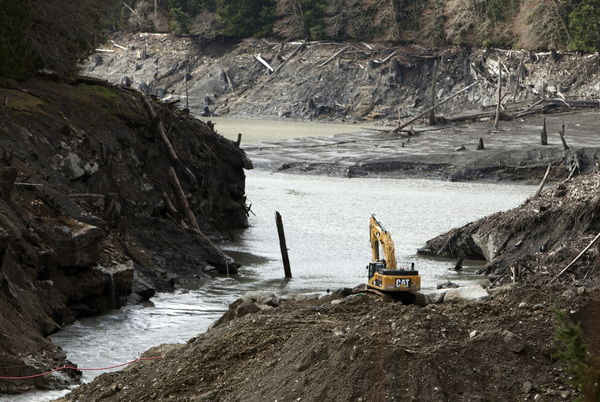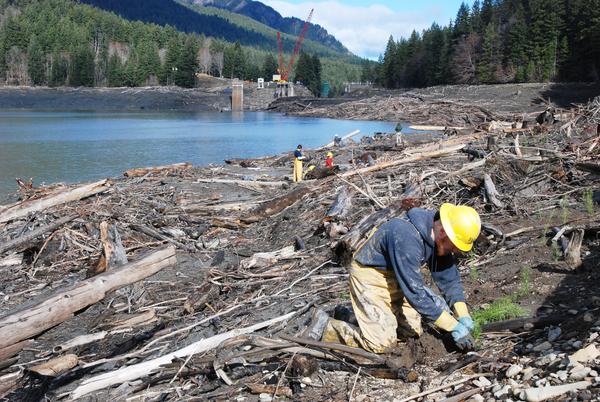Undamming the Klamath
What's at stake in America's biggest-ever river restoration?
Dams have long been used to produce power and water for agriculture, but they can devastate river ecosystems. In a major victory for environmentalists and Native American communities, four aging hydroelectric dams on the Klamath River along the California/Oregon border will be removed starting in 2023. The largest dam removal and river restoration project ever attempted in the United States will open up more than 600 kilometers of habitat for migratory fish.
Episode One
For Native American tribes living along the Klamath River, salmon are both central to cultural traditions and an important food source. As populations of migratory fish declined, tribal members joined with environmentalists to fight for the removal of dams that prevent fish migration and destroy habitat.
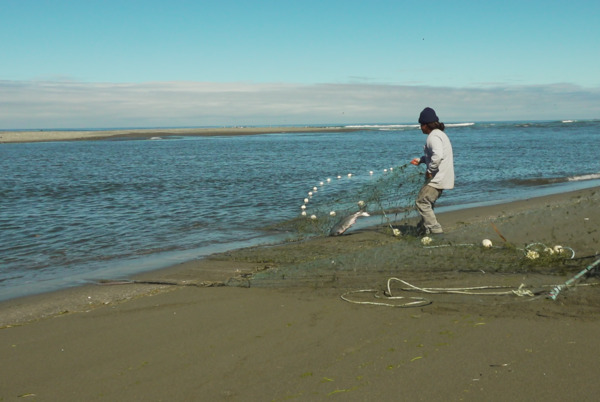 Salmon and the Klamath River ecosystem have become threatened by a host of problems originating far up river. / Credit: Matt Dibble, VOA News
Salmon and the Klamath River ecosystem have become threatened by a host of problems originating far up river. / Credit: Matt Dibble, VOA News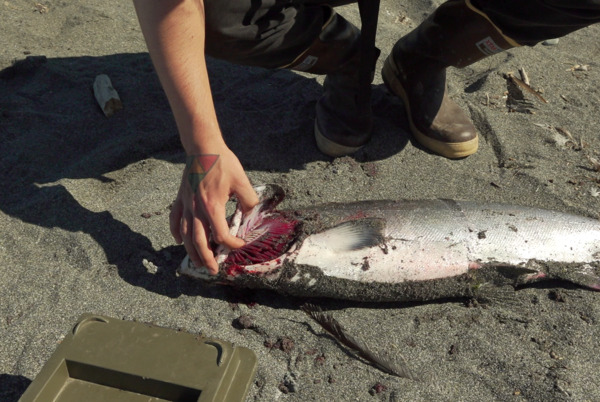 Toxic algae blooms, one of the factors biologists say are killing fish in the river. / Credit: Matt Dibble, VOA News
Toxic algae blooms, one of the factors biologists say are killing fish in the river. / Credit: Matt Dibble, VOA News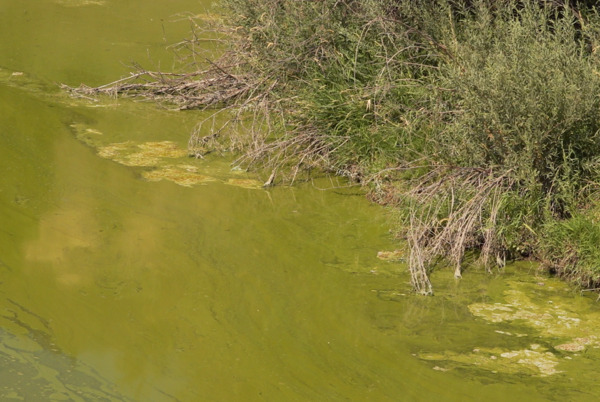
Copco No 1 Dam
- Dam Height
- 70 meters
- Water Storage
- 74,000,000,000+ liters
- Year Completed
- 1922
- Hazard Potential
- High
- Last Inspection Date
- Sept. 30, 2020
Episode Two
Not everyone is celebrating the decision to remove the Klamath dams. Some in the drought-stricken region worry about losing beloved lakes that have long been used for recreation and fire-fighting as well as generating electricity.
Copco No 2 Dam
- Dam Height
- 11.5 meters
- Water Storage
- 90,000,000+ liters
- Year Completed
- 1925
- Hazard Potential
- Low
- Last Inspection Date
- May 18, 2018
Episode Three
What happens when you release 170 billion liters of water? Engineers and biologists are working on strategies to release water and tons of accumulated sediment without damaging the species they are trying to save. More than 1,000 hectares of land will be uncovered, and tribal crews are already at work collecting more than 90,000 kilograms of native seeds that will be needed to revegetate the landscape.
Iron Gate Dam
- Dam Height
- 53 meters
- Water Storage
- 71,500,000,000+ liters
- Year Completed
- 1962
- Hazard Potential
- High
- Last Inspection Date
- Sept. 30, 2020
Episode Four
Will migrating salmon return to the Klamath River once four dams are removed? Plans for restoring that ecosystem benefit from what has been learned since dams were removed along Washington State’s Elwha River eight years ago. In the fourth of our four-part series, Matt Dibble visits the Elwha to see how it is recovering.
John C Boyle Dam
- Dam Height
- 21 meters
- Water Storage
- 4,150,000,000
- Year Completed
- 1958
- Hazard Potential
- High
- Last Inspection Date
- Sept. 30, 2020
Credits
- Reporter, Photographer and Video Editor
- Matt Dibble
- Animation and Graphics
- Mark Sandeen
- Web Design/Development
- Dino Beslagic, Stephen Mekosh
- Special Thanks
- Mia Bush, Michelle Quinn, Scott Stearns, and the interview contributors who took time to share their stories with us
- Drone Footage
- Michael Wier / CalTrout








